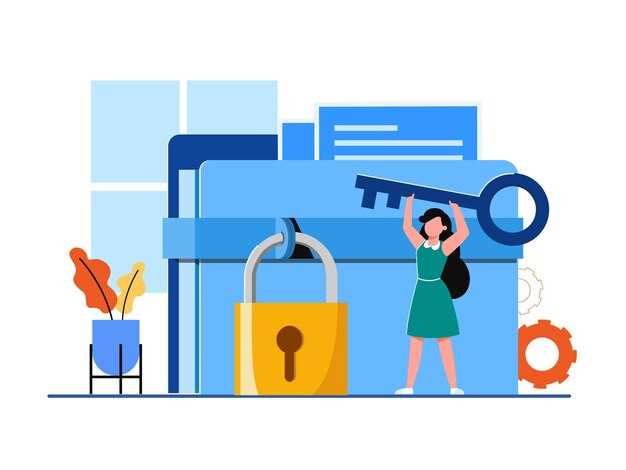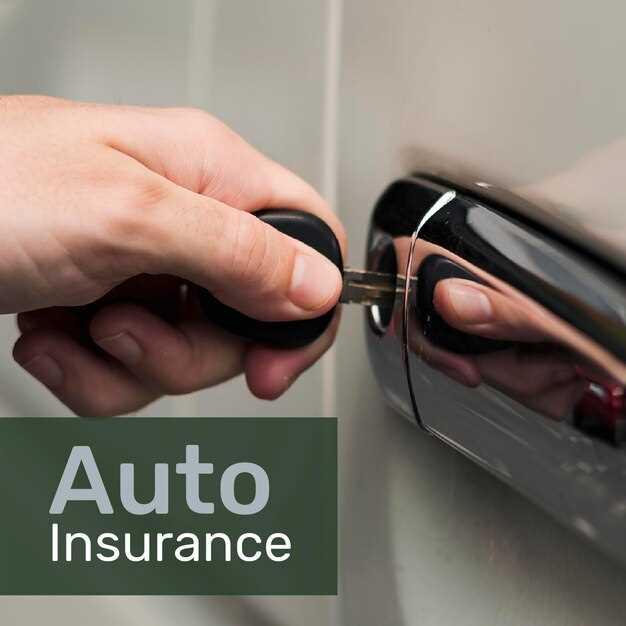
Central locking systems have become a standard feature in modern vehicles, providing convenience and enhanced security for drivers and passengers alike. However, like any technological system, they are not immune to malfunctions. Understanding the common issues that can arise with central locking systems can help vehicle owners effectively troubleshoot and resolve problems, ensuring that their cars remain secure and accessible.
One prevalent issue is the failure of the remote key fob. This can often be attributed to a depleted battery, signal interference, or programming errors. Identifying these problems is the first step in restoring the functionality of the central locking system. Additionally, physical factors such as malfunctioning door latches, wiring issues, or damaged actuators can hinder the system’s operation, requiring more in-depth diagnostics and repair.
In this article, we will explore various problems associated with central locking systems and provide detailed solutions. By understanding the underlying causes and employing practical troubleshooting techniques, vehicle owners can quickly address these issues and maintain the effectiveness of their locking systems. Whether it’s a minor inconvenience or a more significant malfunction, being informed is key to ensuring a reliable driving experience.
Troubleshooting Common Central Locking System Failures

Central locking systems are essential for vehicle security and convenience, but they can encounter various issues over time. Identifying and resolving these common failures requires a systematic approach.
One prevalent issue is the failure of the remote key fob. If the vehicle does not respond to the remote, first check the battery in the key fob. A weak or dead battery is often the culprit. If replacing the battery does not solve the problem, check for signal interference and ensure that you are within range of the vehicle.
Another common issue is that locks may not engage or disengage properly. This could be due to a blown fuse in the locking system. Inspect the vehicle’s fuse box for any blown fuses and replace them as necessary. If the fuses are intact, examine the wiring and connectors for any signs of damage, corrosion, or loose connections, which could disrupt the system’s operation.
Sometimes, the locking mechanism may be mechanically jammed or obstructed. Inspect the door locks for foreign objects or debris that could inhibit their movement. Lubricating the locking mechanisms with a suitable spray can also help resolve sticking locks.
If the central locking system only works on some doors but not others, the issue may lie in the actuators. Actuators are responsible for the locking and unlocking movements. Test each actuator individually; if one is malfunctioning, replacing it may solve the problem.
Additionally, ensure that the vehicle’s battery is charged adequately. Central locking systems often rely on the vehicle’s electrical system. A weak battery can lead to intermittent operation of the locking system. If the vehicle won’t start or has dim lights, consider recharging or replacing the battery.
Lastly, for vehicles equipped with an alarm system, malfunctions may stem from conflicts between the alarm and the central locking features. Consult the vehicle’s manual for reset procedures or seek assistance from a professional if the system is not functioning as intended.
Step-by-Step Guide to Reprogramming Key Fobs
Reprogramming your key fob can resolve issues with your central locking system and ensure your car’s security. Follow these clear steps to successfully reprogram your key fob.
-
Gather Necessary Materials:
- Your vehicle’s manual
- New or existing key fob
- Access to your vehicle
-
Enter Programming Mode:
To begin, you need to put your vehicle into the programming mode. This process varies by manufacturer. Typically, you can do this by:
- Inserting the key into the ignition
- Turning the ignition key to the ‘On’ position (but not starting the engine)
- Turning the key back to ‘Off’ quickly. Repeat this process about five times until you hear a locking sound.
-
Program the Key Fob:
Once in programming mode, proceed to program your key fob:
- Press any button on the key fob.
- Wait for the car to respond with another locking sound, indicating successful programming.
- For multiple fobs, repeat this step for each one.
-
Exiting Programming Mode:
After programming all key fobs, turn the ignition back to ‘Off’ or remove the key to exit programming mode. The system should now recognize the new key fob when used.
-
Testing the Key Fob:
Finally, test the key fob:
- Lock and unlock the doors to check functionality.
- Ensure any remote start features operate correctly.
If you encounter any issues during this process, consult your vehicle’s manual for specific instructions or seek assistance from a professional locksmith or dealership.
Identifying and Replacing Faulty Components in Central Locking Units

Central locking systems enhance vehicle security and convenience by allowing all doors to lock or unlock simultaneously. However, malfunctioning components can disrupt this functionality. Identifying these faulty parts is crucial for effective repair.
Common indicators of issues within central locking units include unresponsive locks, inconsistent locking behavior, and unusual noises during operation. The first step in diagnosing the problem is to perform a thorough visual inspection. Check for any visible damage to wiring, connectors, and electrical components. Broken or frayed wires can lead to intermittent failure and should be immediately addressed.
Next, test the central locking actuator, which is responsible for the actual lock/unlock mechanism. Disconnect the actuator and measure its resistance using a multimeter. A reading outside the manufacturer’s specified range indicates that the actuator may need replacement. Additionally, inspect the actuator’s gearing and internal mechanism for signs of wear or breakage.
The control module should also be evaluated, as it governs the operation of the central locking system. Look for blown fuses or loose connections that could affect its performance. If these components are functioning correctly, utilize a diagnostic scanner to check for stored error codes that may provide insight into more complex issues.
Once the faulty components are identified, replacing them effectively is essential. When installing a new actuator, ensure correct alignment and secure all connections to prevent future issues. For control module replacements, follow manufacturer instructions carefully, as improper installation can lead to further malfunctions.
After replacing any components, perform a functionality test to confirm that the central locking system operates smoothly. Regular maintenance, including periodic inspections and cleaning of components, can help prevent future failures and extend the lifespan of the central locking unit.




